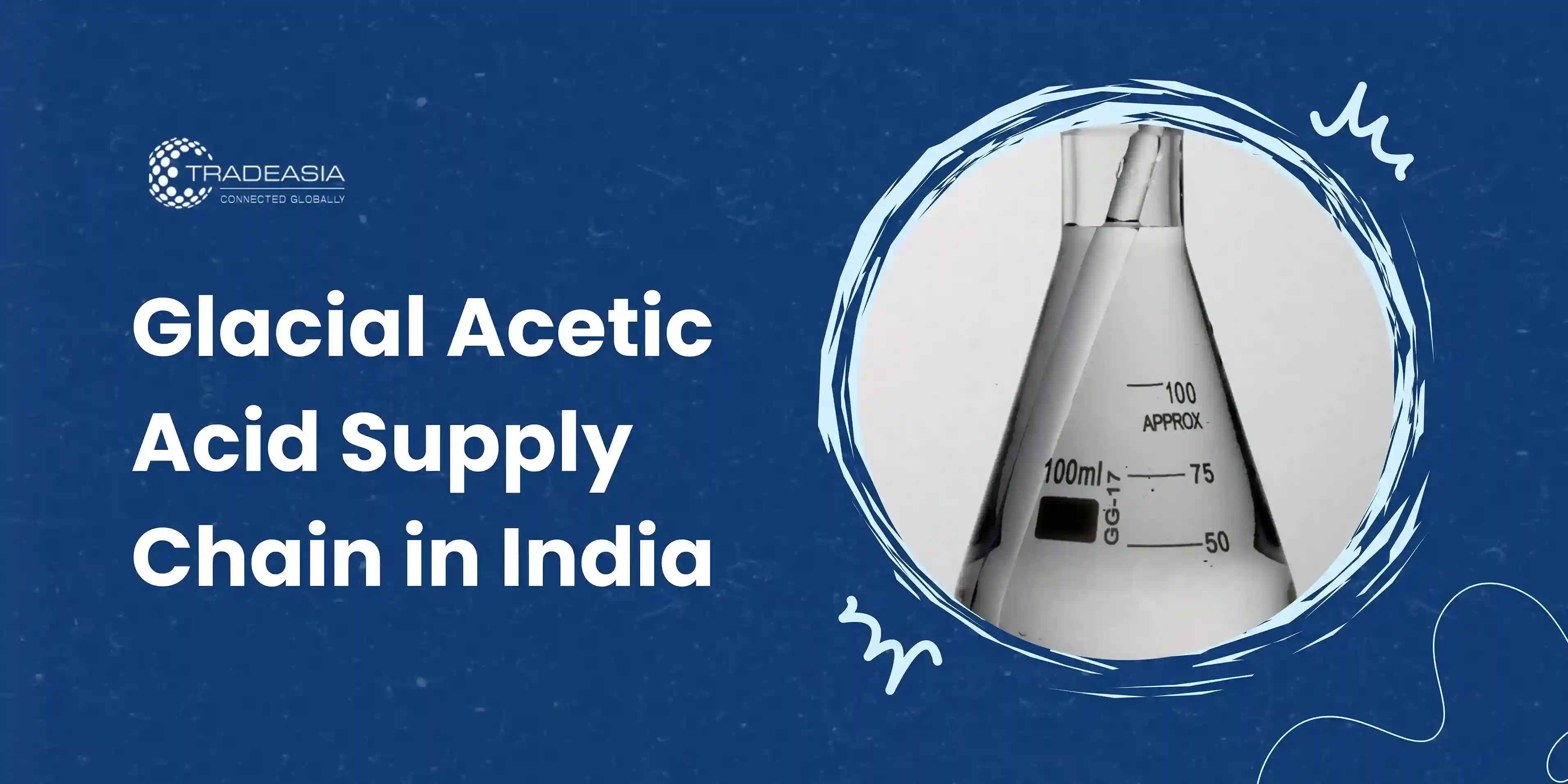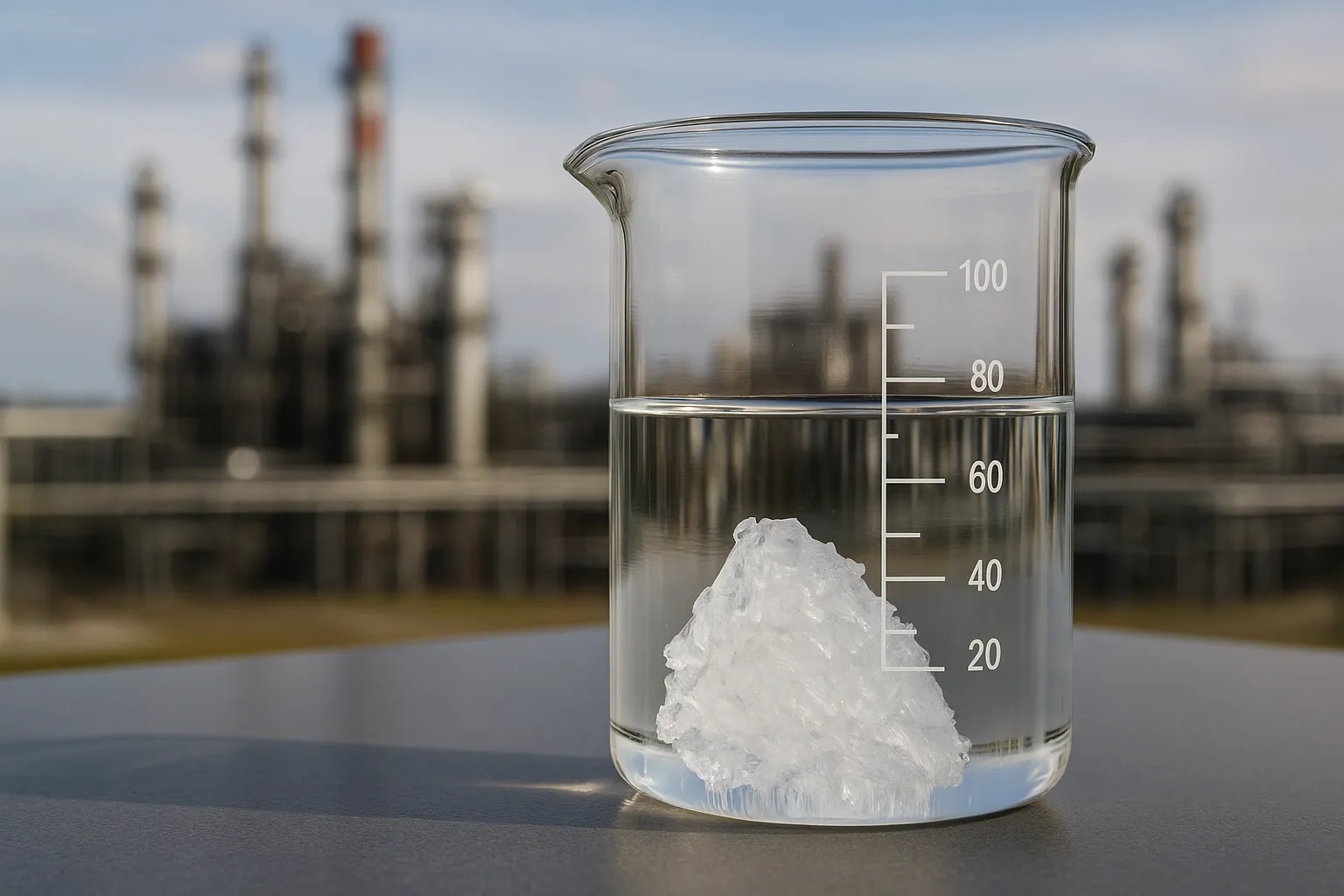Introduction
Glacial acetic acid is a vital chemical compound widely used across multiple industries, including textiles, pharmaceuticals, and food processing. Known for its high purity (99-100%), it serves as a key ingredient in manufacturing processes, offering versatility and efficiency. This guide explores its uses, sources, and applications, with a focus on the textile industry. Additionally, we highlight Chemtradeasia, a leading supplier of high-quality glacial acetic acid from China, ensuring reliability for industrial buyers.
Understanding glacial acetic acid's properties and applications is essential for businesses seeking optimized chemical solutions. Whether used as a solvent, reagent, or pH adjuster, its role in industrial processes cannot be overstated. This article provides an in-depth look at its benefits, sourcing options, and safety measures, helping businesses make informed purchasing decisions.
What is Glacial Acetic Acid?
Glacial acetic acid is the pure, undiluted form of acetic acid (CH₃COOH), distinguished by its lack of water content. The term "glacial" refers to its ice-like crystalline form at temperatures below 16.7°C. Unlike diluted acetic acid (vinegar), glacial acetic acid is highly corrosive and requires careful handling.
Its molecular structure allows it to act as a powerful solvent and chemical intermediate. Industries value it for its ability to facilitate reactions in organic synthesis, ester production, and dye manufacturing. With a pungent odor and clear appearance, it is stored in specialized containers to prevent contamination and degradation.
Key Uses of Glacial Acetic Acid in Industries
Glacial acetic acid is indispensable in multiple sectors. In the pharmaceutical industry, it is used in synthesizing aspirin, antibiotics, and vitamins. The food industry employs it as a preservative (E260) and flavoring agent. Additionally, it plays a crucial role in producing synthetic fibers, plastics, and photographic chemicals.
Another significant application is in textile manufacturing, where it aids in dye fixation, pH regulation, and fabric treatment. Its ability to dissolve cellulose makes it essential for producing acetate fibers, a key material in clothing and upholstery. The demand for glacial acetic acid continues to rise, driven by industrial growth in emerging markets.
Glacial Acetic Acid in the Textile Industry
The textile industry relies heavily on glacial acetic acid for dyeing and finishing processes. It acts as a neutralizing agent after alkaline treatments, ensuring optimal pH levels for color fixation. Without proper pH control, dyes may not adhere uniformly, leading to inconsistent fabric quality.
Additionally, glacial acetic acid is used in producing cellulose acetate, a synthetic fiber used in linings, dresses, and cigarette filters. Its solvent properties help dissolve cellulose, enabling the extrusion of fine fibers. As sustainability becomes a priority, manufacturers seek high-purity acetic acid to minimize waste and improve efficiency.
Sourcing High-Quality Glacial Acetic Acid
For businesses requiring reliable glacial acetic acid, Chemtradeasia stands out as a trusted supplier. Specializing in industrial chemicals, they offer high-purity glacial acetic acid sourced from leading manufacturers in China. Their product meets international standards, ensuring consistency for textile, pharmaceutical, and chemical applications.
Key features of Chemtradeasia’s glacial acetic acid include:
- Purity: 99.8% minimum, ideal for industrial processes.
- Packaging: Available in drums, IBCs, and bulk shipments.
- Compliance: Adheres to REACH, ISO, and other regulatory standards.
By partnering with Chemtradeasia, businesses gain access to competitive pricing, logistical support, and technical expertise. Their global supply chain ensures timely delivery, reducing downtime for manufacturers. For bulk procurement, they offer customized solutions tailored to specific industry needs.
Safety and Handling of Glacial Acetic Acid
Due to its corrosive nature, glacial acetic acid requires strict safety protocols. Workers must wear protective gear, including gloves, goggles, and respirators, to prevent skin burns and respiratory irritation. Storage areas should be well-ventilated and away from incompatible substances like oxidizers.
In case of spills, neutralization with sodium bicarbonate or lime is recommended before cleanup. Proper disposal methods must comply with environmental regulations to prevent contamination. Training employees on handling procedures minimizes workplace hazards and ensures regulatory compliance.
Conclusion
Glacial acetic acid is a cornerstone of industrial chemistry, with applications spanning textiles, pharmaceuticals, and food production. Its role in dye fixation, cellulose acetate production, and chemical synthesis underscores its importance. For businesses seeking a dependable supplier, Chemtradeasia offers premium glacial acetic acid with global logistics support.
By understanding its uses, sourcing options, and safety measures, industries can optimize their processes while maintaining quality and compliance. Explore Chemtradeasia’s offerings to secure high-purity glacial acetic acid for your manufacturing needs.



Leave a Comment